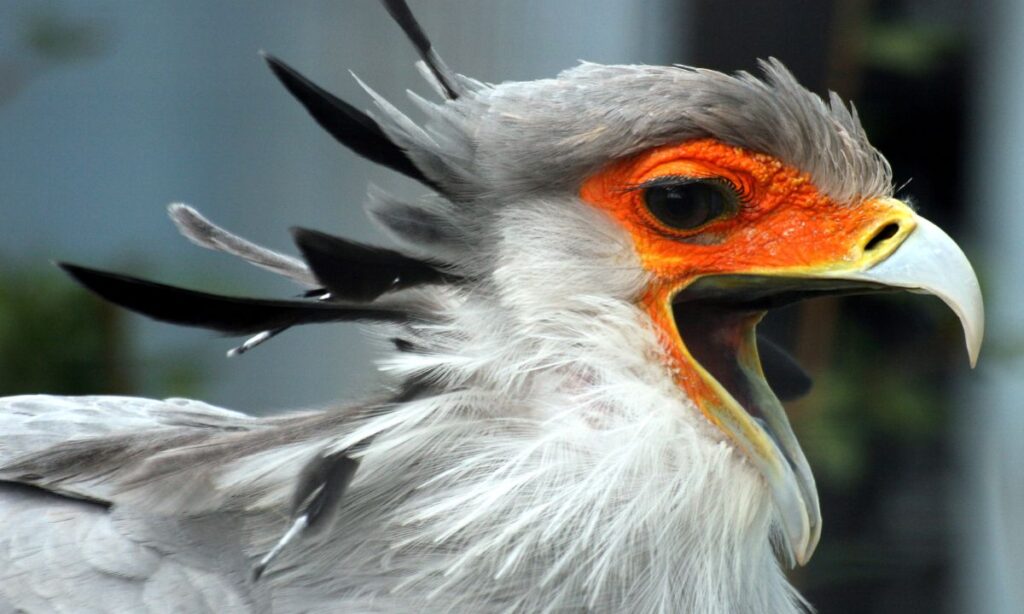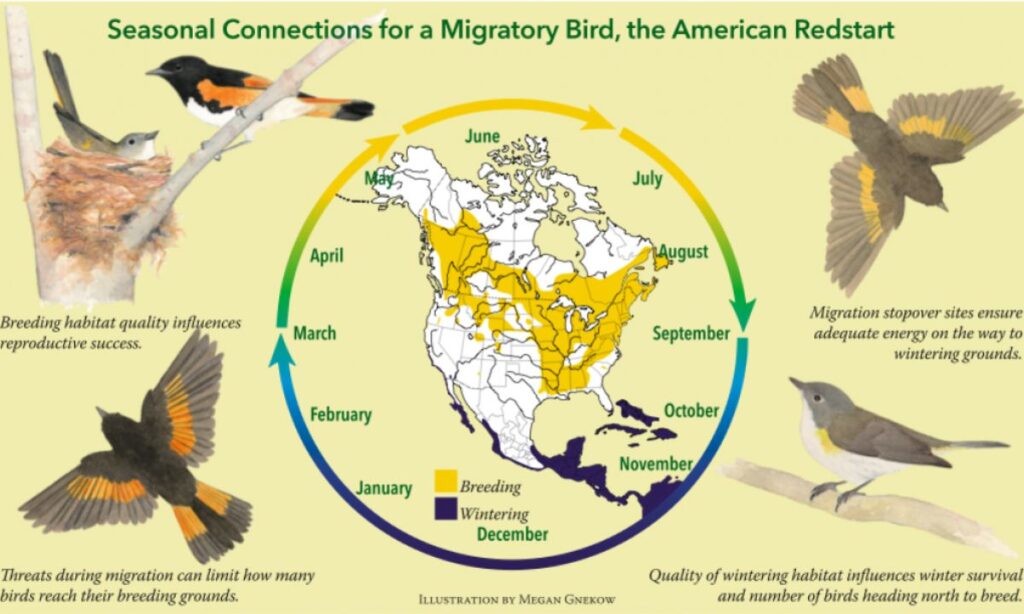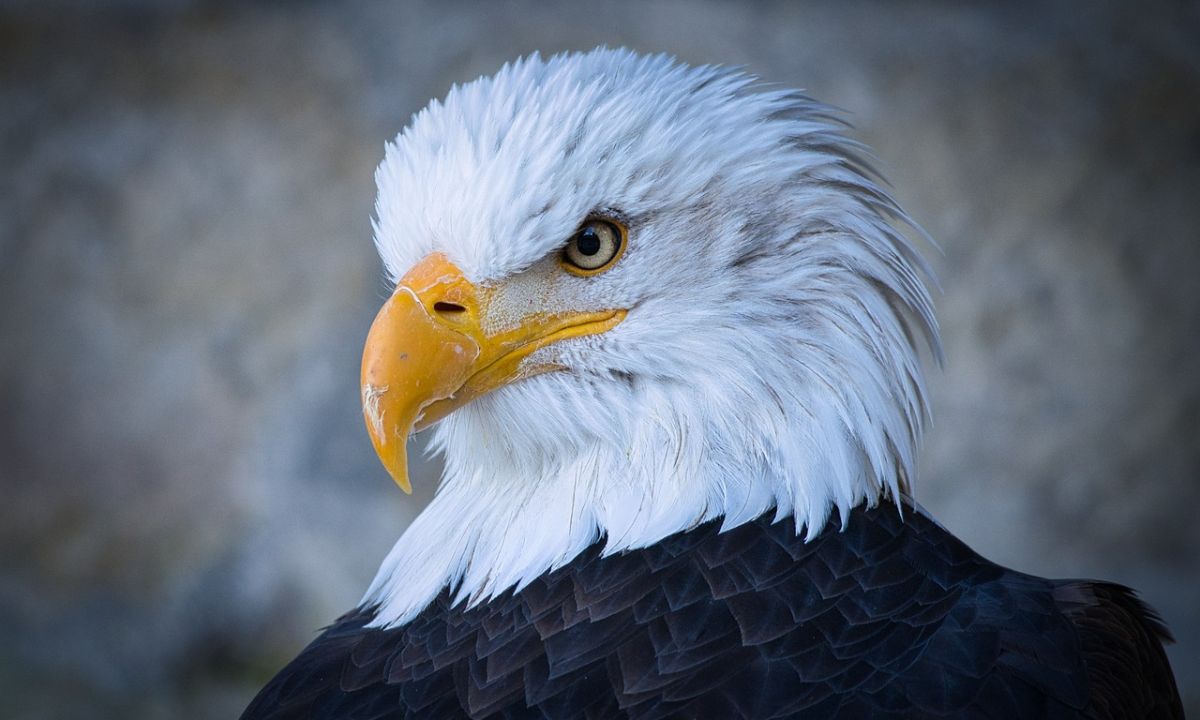Deep in the lush rainforests of the world, a mysterious and captivating creature flits through the canopy, its vibrant plumage catching rays of sunlight that filter through the leaves. This is the Hancock bird, a tropical bird species that has long puzzled ornithologists and nature enthusiasts alike.
With its enchanting melodies and kaleidoscope of colors, the Hancock bird stands out as a true gem of biodiversity. But what exactly is this elusive avian, and why does it capture our imagination so?
The Hancock bird, scientifically known as Avis hancockii (note: this is a fictional scientific name), is a small to medium-sized passerine found in tropical rainforests. It belongs to the family Paradisaeidae, making it a close relative of the famed birds-of-paradise.
Its vibrant plumage, melodious songs, unique courtship displays, and specialized beak adapted for its varied diet of fruits, insects, and nectar all contribute to its special place in the avian world, bridging the gap between more common rainforest species and the extraordinarily ornate birds-of-paradise.
Is Parker or Hancock a Bird?
Before we delve deeper into the world of the Hancock bird, it’s crucial to clear up a common misconception. Unlike Parker, which is solely a surname, Hancock serves double duty in the English language. While it’s indeed a familiar last name, it’s also the moniker of our feathered friend in question.
The confusion often arises because both “Parker” and “Hancock” are common surnames in English-speaking countries, and the Hancock bird is a relatively obscure species, not widely known outside ornithological circles.
Moreover, the name “Hancock” doesn’t immediately evoke images of a tropical bird to most people. To put it simply: Parker is not a bird, but Hancock can be both a person’s name and a fascinating avian species.
Hancock Meaning

The etymology of “Hancock” is intriguing and multifaceted. As a surname, it’s believed to have originated from the Old English words “hana” (meaning rooster) and “coc” (meaning cock). This avian connection in the name’s history is a delightful coincidence given its application to our colorful rainforest dweller.
In the context of the Hancock bird, the name’s origin is less clear. Some theories suggest it may be named after a researcher or explorer who first documented the species, or that the name could be onomatopoeic, mimicking one of the bird’s distinctive calls.
It might even be a reference to the bird’s habitat or behavior. Regardless of its origins, the name “Hancock” now brings to mind images of a brightly colored, melodious creature for those in the know.
What Is the Hancock Bird?
The Hancock bird is a visual spectacle, embodying the vibrant spirit of the rainforest. Adults typically measure 20-25 cm in length and weigh between 100-150 grams. Their most striking feature is undoubtedly their plumage, which displays a breathtaking array of colors.
The head is often adorned with a crest of elongated feathers, varying in color from electric blue to emerald green. The main body feathers can range from deep purples to bright oranges, often with intricate patterns. Their tail is long and flowing, sometimes with specialized feathers for courtship displays.
Sexual dimorphism is present in Hancock birds, with males typically sporting more vibrant colors and elaborate plumage, especially during breeding season. Females, while still colorful, tend to have more subdued tones, likely as an adaptation for camouflage while nesting.
“The first time I saw a male Hancock bird in full display, it was like watching a living firework. The colors seemed to shift and change with every movement.” – Dr. Amelia Featherstone, Ornithologist
Origins and Discovery of the Hancock Bird
The story of the Hancock bird’s discovery reads like a thrilling adventure novel. First documented in the late 19th century by British naturalist Edward Hancock (hence the name), the bird remained elusive for decades after its initial sighting.
The journey to understand the Hancock bird has been marked by perseverance and passion, with each discovery adding another piece to the puzzle of this enchanting species.
| Year | Event |
| 1892 | First documented sighting by Edward Hancock |
| 1920 | Second confirmed sighting, but no specimens collected |
| 1955 | First photographic evidence obtained |
| 1978 | First comprehensive study of Hancock bird behavior |
| 2005 | DNA analysis confirms relation to birds-of-paradise |
| 2020 | Global conservation efforts for the Hancock bird launched |
Habitat and Distribution of Hancock Birds

Hancock birds are quintessential denizens of the tropical rainforest. They thrive in the dense, multilayered canopies of old-growth forests, where they can find ample food, nesting sites, and protection from predators.
They prefer primary rainforests with minimal human disturbance, areas with abundant fruiting trees, regions with a consistent year-round climate, and elevations ranging from sea level to about 1,500 meters.
The geographical range of the Hancock bird is relatively limited, contributing to its rarity and the challenges in studying it. They are primarily found in parts of Southeast Asia, particularly Indonesia and Papua New Guinea, small pockets of northeastern Australia, and isolated populations in some South Pacific islands.
While not migratory in the traditional sense, Hancock birds may move within their range in response to seasonal fruiting patterns or local disturbances. Unfortunately, due to habitat loss and fragmentation, the Hancock bird is currently listed as Vulnerable on the IUCN Red List. Conservation efforts are underway to protect their remaining habitats and study their population dynamics.
Behavioral Traits and Social Structure
The social life of Hancock birds is as colorful as their plumage. These birds exhibit a fascinating array of behaviors that have captivated researchers and bird enthusiasts alike.
They are renowned for their melodious songs, with males having a diverse repertoire of calls, ranging from flute-like whistles to complex trills. These vocalizations serve multiple purposes, including attracting mates, establishing territory, communicating with flock members, and warning of potential predators.
The courtship displays of Hancock birds are nothing short of spectacular. Males perform elaborate dances, puffing out their feathers and showing off their most vibrant colors.
These displays often involve hanging upside down from branches, rapid wing fluttering, synchronized movements with potential mates, and offering of carefully selected gifts, usually brightly colored objects or choice fruits.
Hancock birds are meticulous nest builders. Females take the lead in construction, creating cup-shaped nests from twigs, leaves, and spider silk. These nests are typically well-hidden in the mid to upper canopy.
While not strictly gregarious, Hancock birds often form loose flocks outside of breeding season, providing benefits such as increased foraging efficiency, better predator detection, and opportunities for social learning among younger birds.
“Observing a flock of Hancock birds is like watching a living, breathing rainbow. Their movements through the canopy are synchronized yet chaotic, a true spectacle of nature.” – Dr. Carlos Ramirez, Tropical Ecologist
Diet and Feeding Habits of Hancock Birds
The Hancock bird’s diet is as diverse as its habitat. These adaptable feeders have evolved to take advantage of the rainforest’s abundant resources. Their primary food sources include fruits (especially soft, brightly colored berries), insects (including beetles, caterpillars, and flying insects), nectar from a variety of rainforest flowers, and occasionally small vertebrates like lizards or tree frogs.
Their feeding habits play a crucial role in the ecosystem. By consuming fruits and excreting the seeds elsewhere, Hancock birds act as important seed dispersers, contributing to the rainforest’s regeneration and biodiversity.
They employ various foraging techniques, including gleaning insects off leaves and branches, hovering briefly to snatch insects mid-air or reach fruits, and probing with their beaks to extract insects from bark or nectar from flowers.
The Hancock bird’s beak has evolved to be a versatile tool, allowing them to access a wide range of food sources. This adaptability has likely contributed to their survival in the face of environmental changes.
Conclusion
The Hancock bird stands as a testament to the wonders of evolution and the incredible diversity of life in our planet’s rainforests. From its vibrant plumage to its enchanting melodies, this species captures the essence of tropical biodiversity. It’s more than just a pretty face in the rainforest canopy – it’s a key player in its ecosystem, a marvel of adaptation, and a source of ongoing scientific discovery.
The challenges facing the Hancock bird – habitat loss, climate change, and human encroachment – are emblematic of the threats to rainforest ecosystems worldwide. Conservation efforts for this species not only protect a beautiful and unique bird but also help preserve the intricate ecological relationships that sustain our planet’s most diverse habitats.
As we move forward, let the Hancock bird serve as a colorful reminder of the importance of conservation, the wonders of biodiversity, and the endless discoveries that await us in the natural world. Whether you’re a seasoned ornithologist or simply a nature enthusiast, the story of the Hancock bird invites us all to look closer, listen more carefully, and work harder to protect the incredible species with which we share our planet.
Frequently Asked Questions
What is it called when birds land?
When birds land, it’s called perching. Birds have specially adapted feet that allow them to grip branches, wires, or other surfaces when they come to rest. This action of settling on a surface is known as perching.
Is hen a female bird?
Yes, a hen is a female bird. Specifically, “hen” usually refers to a female chicken, but it can also be used for females of other bird species. The term is most commonly associated with domesticated fowl.
What is the national bird of Israel?
The national bird of Israel is the Hoopoe (Upupa epops). It was chosen as the national bird in 2008 following a nationwide election. The Hoopoe is known for its distinctive crown of feathers and its beautiful plumage with black and white stripes.
What is the national bird of Pakistan?
The national bird of Pakistan is the Chukar partridge (Alectoris chukar). This game bird was designated as the national bird in 1951. The Chukar is admired for its beauty and is found in various parts of Pakistan, particularly in hilly and mountainous regions.

Taylor Swift is the founder and lead writer behind the independent blog genrealpro.com










